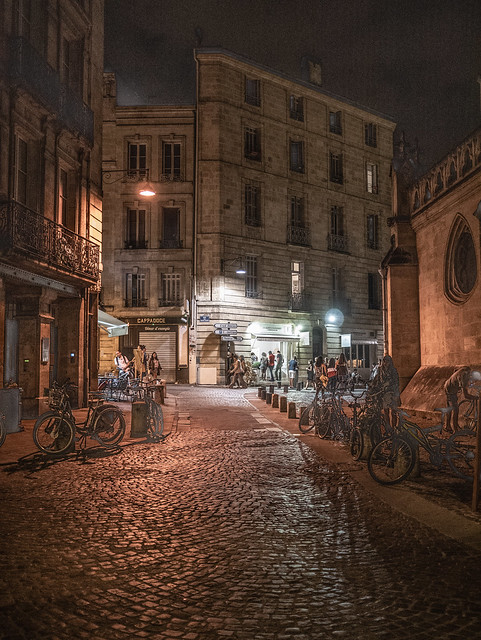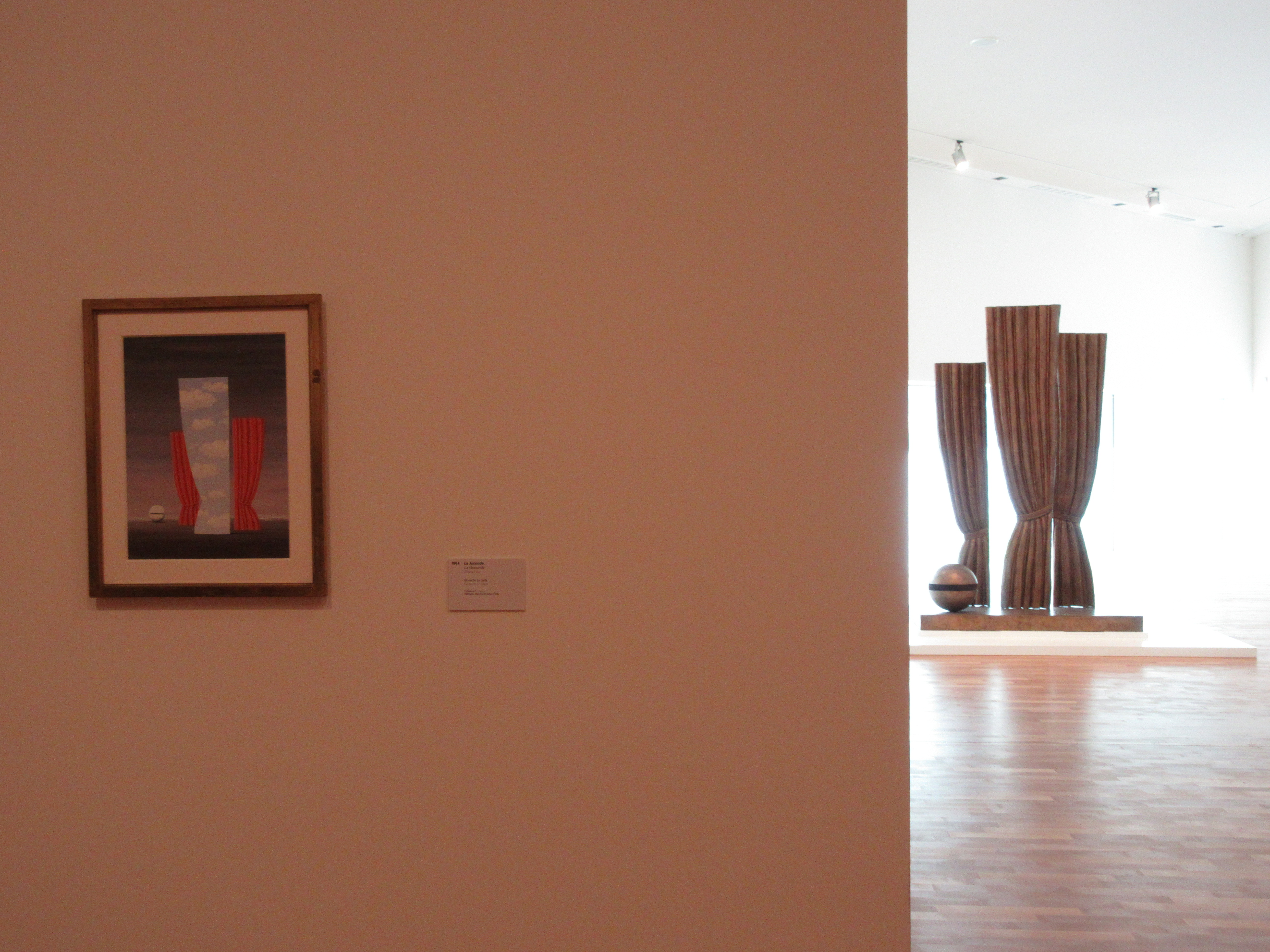It’s 100 years since the Armistice that brought an end to fighting on the Western Front of the Great War. Ten million soldiers or more were dead, and even more gravely wounded, along with millions of civilians. Most of the empires that had begun the war were destroyed, and even the victors had suffered crippling losses. Far from being a “war to end war”, the Great War was the starting point for many more, as well as bloody and destructive revolutions. These wars continue even today, in the Middle East, carved up in secret treaties between the victors.
For much of the century since then, it seemed that we had learned at least something from this tragedy, and the disasters that followed it. Commemoration of the war focused on the loss and sacrifice of those who served, and were accompanied by a desire that the peace they sought might finally be achieved.
But now that everyone who served in that war has passed away, along with most of those who remember its consequences, the tone has shifted to one of glorification and jingoism.
In part, this reflects the fact that, for rich countries, war no longer has any real impact on most people. As in the 19th century, we have small professional armies fighting in faraway countries and suffering relatively few casualties. Tens of thousands of people may die in these conflicts, but the victims of war impinge on our consciousness only when they seek shelter as refugees, to be turned away or locked up.
In the past, I’ve concluded message like this with the tag “Lest we Forget”. Sadly, it seems as if everything important has already been forgotten.

 I love public art. I love stumbling upon sculptures while walking around in a city. I only got to spend about 36 hours in Turku, Finland and most of it was rather dark (and/or foggy) plus I was inside for my talk and meals for a good chunk of the time, but I still got to experience some surprises. Pictured to the right is Posankka, a cross between a pig and a duck, that its artist
I love public art. I love stumbling upon sculptures while walking around in a city. I only got to spend about 36 hours in Turku, Finland and most of it was rather dark (and/or foggy) plus I was inside for my talk and meals for a good chunk of the time, but I still got to experience some surprises. Pictured to the right is Posankka, a cross between a pig and a duck, that its artist  This was not the creepiest piece I saw in Turku, not to suggest that I usually measure sculptures by the amount of creepiness they elicit. That just happened to come up here a couple of times. The little girl to the left wins that award from me. It reminds me of something, but I can’t put my finger on it and online searches didn’t help. I’m more of a fan of other pieces I saw around town. But not being a fan does not mean I don’t enjoy stumbling upon a piece. As I noted, I get a kick out of being surprised by such works when I explore a city. What’s some of the more unusual public art you’ve seen? I’d love to see examples if you can point to them.
This was not the creepiest piece I saw in Turku, not to suggest that I usually measure sculptures by the amount of creepiness they elicit. That just happened to come up here a couple of times. The little girl to the left wins that award from me. It reminds me of something, but I can’t put my finger on it and online searches didn’t help. I’m more of a fan of other pieces I saw around town. But not being a fan does not mean I don’t enjoy stumbling upon a piece. As I noted, I get a kick out of being surprised by such works when I explore a city. What’s some of the more unusual public art you’ve seen? I’d love to see examples if you can point to them.








 I went there for the
I went there for the  Last year, I asked you to
Last year, I asked you to